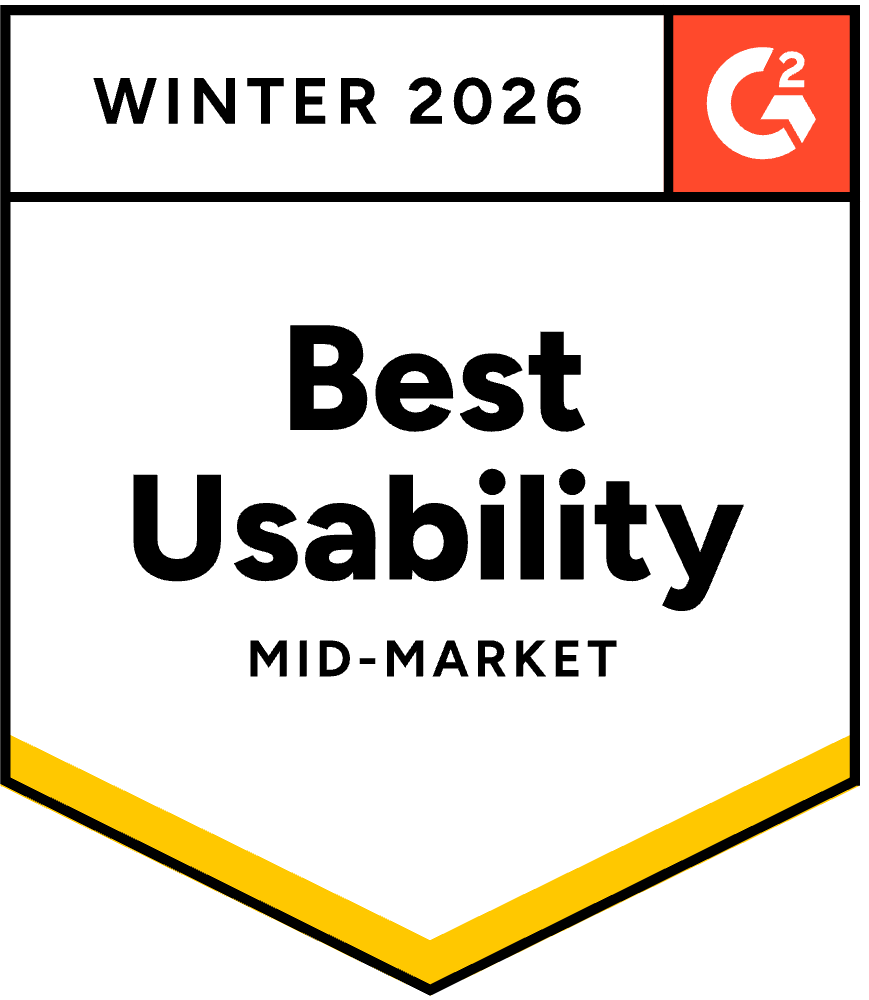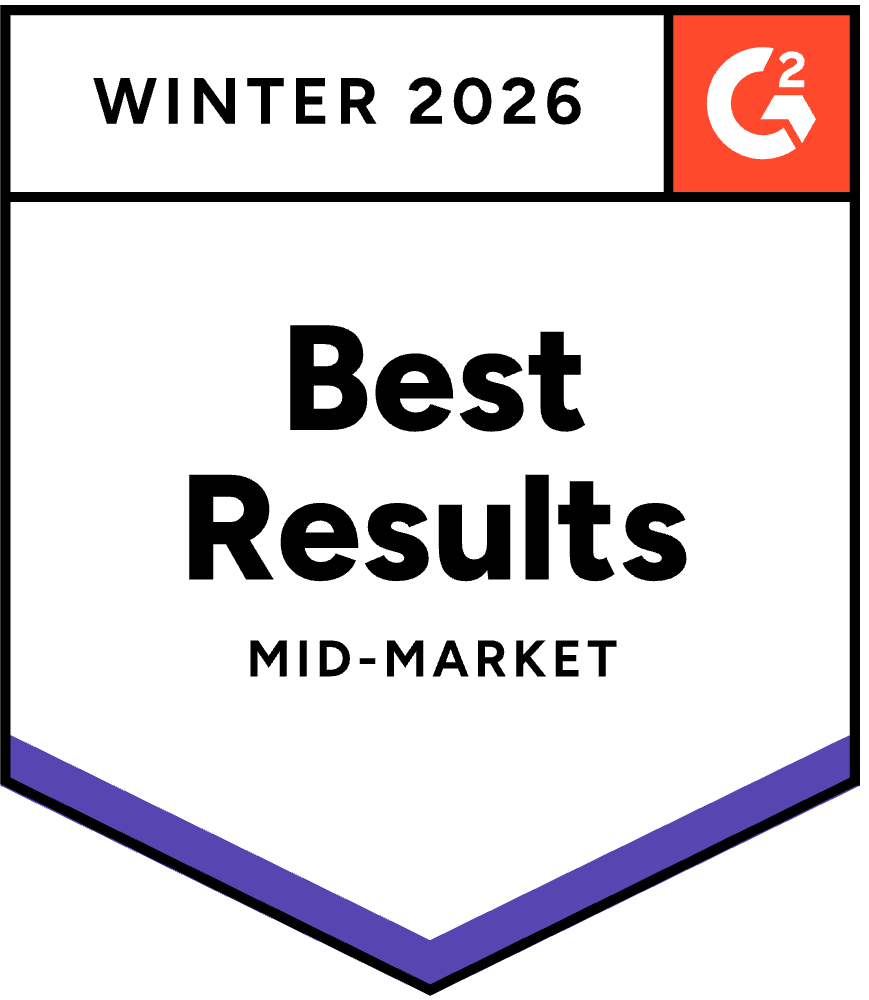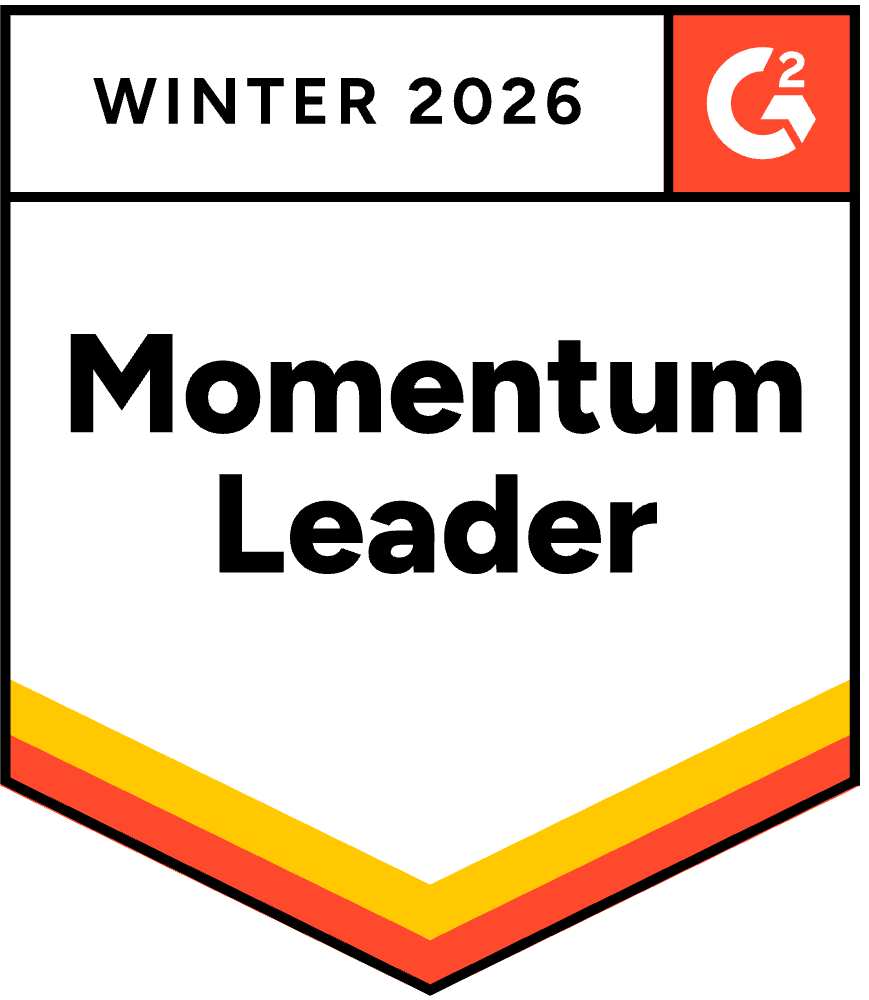



Discover more integrations
No items found.
Get in touch CTA Section
Lorem ipsum dolor sit amet, consectetur adipiscing elit, sed do eiusmod tempor incididunt ut labore et dolore magna aliqua.
Frequently asked questions
What is the MCP Server and how does it help with data observability?
The MCP (Model Context Protocol) Server is a new interface that lets you interact with Sifflet directly from your development environment. It's designed to make data observability more seamless by allowing you to query assets, review incidents, and trace data lineage without leaving your IDE or notebook. This helps streamline your workflow and gives you real-time visibility into pipeline health and data quality.
Can Sifflet detect unexpected values in categorical fields?
Absolutely. Sifflet’s data quality monitoring automatically flags unforeseen values in categorical fields, which is a common issue for analytics engineers. This helps prevent silent errors in your data pipelines and supports better SLA compliance across your analytics workflows.
How does MCP support data quality monitoring in modern observability platforms?
MCP helps LLMs become active participants in data quality monitoring by giving them access to structured resources like schema definitions, data validation rules, and profiling metrics. At Sifflet, we use this to detect anomalies, enforce data contracts, and ensure SLA compliance more effectively.
What kind of real-time alerts can I expect with Sifflet and dbt together?
With Sifflet and dbt working together, you get real-time alerts delivered straight to your favorite tools like Slack, Microsoft Teams, or email. Whether a dbt test fails or a data anomaly is detected, your team will be notified immediately, helping you respond quickly and maintain data quality monitoring at all times.
What improvements has Sifflet made to incident management workflows?
We’ve introduced Augmented Resolution to help teams group related alerts into a single collaborative ticket, streamlining incident response. Plus, with integrations into your ticketing systems, Sifflet ensures that data issues are tracked, communicated, and resolved efficiently. It’s all part of our mission to boost data reliability and support your operational intelligence.
Why is data observability important during the data integration process?
Data observability is key during data integration because it helps detect issues like schema changes or broken APIs early on. Without it, bad data can flow downstream, impacting analytics and decision-making. At Sifflet, we believe observability should start at the source to ensure data reliability across the whole pipeline.
What features should we look for in scalable data observability tools?
When evaluating observability tools, scalability is key. Look for features like real-time metrics, automated anomaly detection, incident response automation, and support for both batch data observability and streaming data monitoring. These capabilities help teams stay efficient as data volumes grow.
What is data observability and why is it important?
Data observability is the ability to monitor, understand, and troubleshoot data systems using real-time metrics and contextual insights. It's important because it helps teams detect and resolve issues quickly, ensuring data reliability and reducing the risk of bad data impacting business decisions.















-p-500.png)
